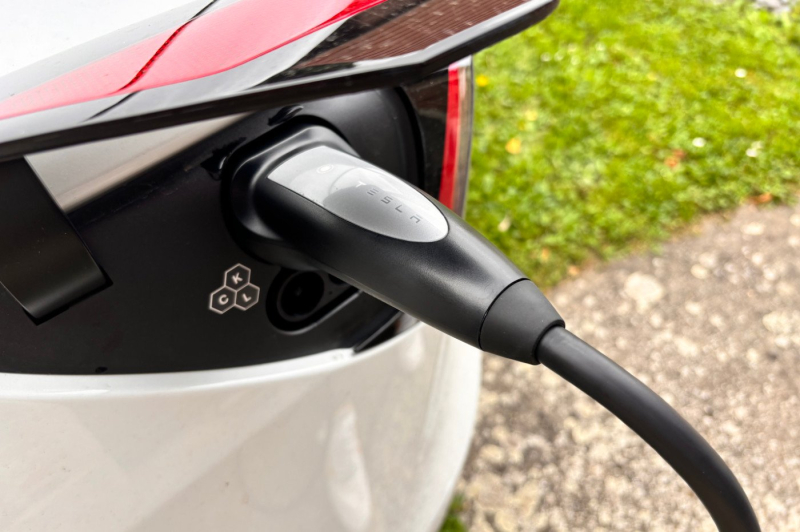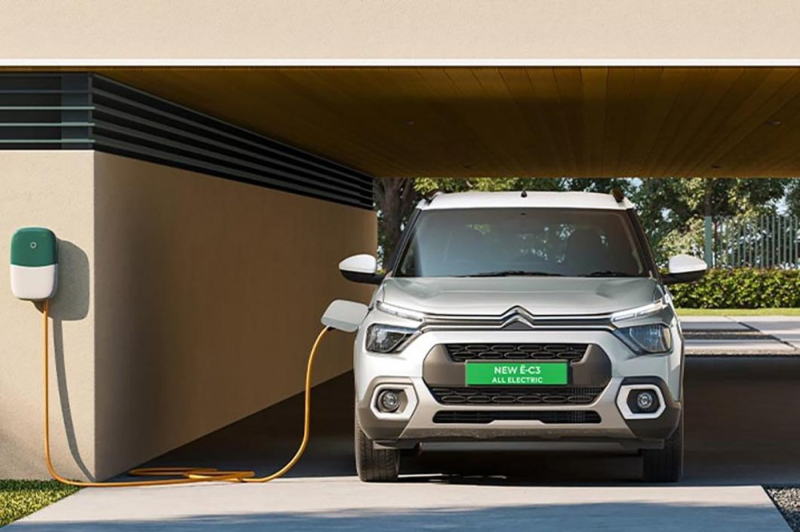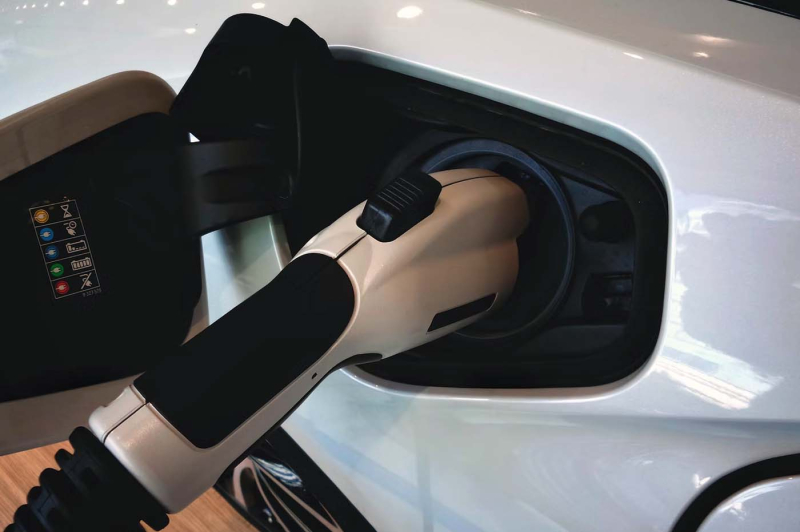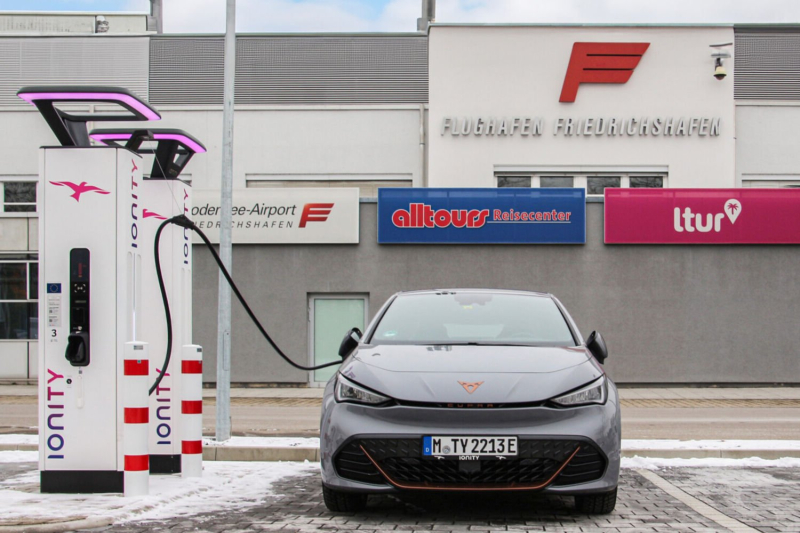
© Presse-citron
The adoption of electric vehicles has become more democratic over the years, even if some users plan to return to thermal vehicles in the long term. Their practicality, coupled with better ecological efficiency and lower energy prices, make them a popular means of transport for many French people. Despite this growing popularity, many misconceptions about charging electric vehicles make life difficult for them. So here we explain everything about charging electric cars: their price, charging methods and times, etc.
What is the difference between public charging and residential charging ?
Residential charging allows, as its name suggests, to charge the battery of your electric vehicle at home, using a traditional power outlet. This is the preferred charging method for ordinary users, since it is the least expensive. On the other hand, this low price has a major drawback: the charging time is necessarily much higher, since the power of the current is much lower there.

© Unsplash/Markus Spiske
Fortunately, there are many public charging points that offer better charging power. These can be points accessible at gas stations, individual terminals in the city center, or even charging points available in shopping centers. These terminals offer different charging modes and prices, which is why it is necessary to check before starting to charge.
What are the different charging modes ?
There are different ways to charge an electric car, and not all of them have the same effect. Mode 2 charging, for example, corresponds to charging via a regular power outlet. This method is the most used, but also the least effective. A traditional power outlet only provides 2.3 kW of power, which is very little for electric vehicle battery charging.
It is recommended to use a Mode 3 load instead, which is a standard AC terminal installed on a wall, pole or directly on the ground. The power of Mode 3 charging ranges from 3.4 kW to 22 kW, making it best for recharging your vehicle quickly.

© Citroën
Mode 4 charging is the most efficient, and relies on direct current to bypass the converter AC/DC onboard electric vehicles. In other words, these terminals can provide more energy faster: this is the most convenient and fastest charging method on the market, but it is not accessible everywhere. It is generally available at gas stations or dedicated hubs and can charge a vehicle in just a few minutes.
What is the difference between AC charging and DC charging ?
AC (or alternating current) stations deliver charging power ranging from 3.7 kVa to 43 kVa. This is the most commonly used type of charging for homes or workplaces, as the vehicle is parked for several hours on site. In other words, the charging speed is of little importance in this case, and the power of the terminal is not decisive. This is the most common charging method at present, especially since it is less expensive overall.
200% Deposit Bonus up to €3,000 180% First Deposit Bonus up to $20,000DC terminals(or direct current) deliver charging powers ranging from 50 kW to 350 kW. This is the charging method used in places dedicated to fast charging. These can be gas stations, charging hubs or various car parks open to the public for a limited time (shopping centres, for example). With direct current, it is possible to fully charge your vehicle in less than 1 hour, but the price of charging is therefore higher.

© Unsplash/Jenny Ueberberg
How much does it cost to charge an electric car??
The cost of charging an electric car will depend on several factors. First, your vehicle's battery: the larger it is, the higher the price of a full charge will be. On the other hand, the price also depends on the charging method: charging at home will not have the same cost as public charging or fast charging at a dedicated terminal.
Thus, the average cost of charging at home per kWh is €0.15. For a public charge, it's double: €0.30 per kWh, plus one euro of charging fees. Finally, the price of fast charging is much higher: €0.50 per kWh plus 2 euros of charging fees.

© Unsplash/Possessed Photography
Now let's take a practical example: if you own a small Fiat 500e, whose battery does not exceed 24 kWhw, you will have to pay €3.60 for home charging, €8.20 for public charging or €14 for fast charging. If, on the other hand, you have a larger model, such as a Tesla Model S, you will have to pay €11.25 for a home charge, €23.50 for a public charge and €39.50 for a fast charge.
What is the average charging time for an electric vehicle ?
The average charging time for an electric vehicle will once again depend on two obvious factors: the size of your vehicle's battery and the charging method used. A small electric car with a 24 kWhw battery will be recharged in 6 minutes if it uses a 240 kW fast charger. On the other hand, it will take 10.5 hours to recharge if the current power does not exceed 2.3 kW.

© ionity
The larger the battery size, the longer the car will take to charge. So, an average car in battery size (50 kWh) can take between 12 minutes and 24 hours to charge depending on the charging method chosen. Note that these figures are only examples: they do not necessarily reflect the actual charging time, especially since there are many additional factors that can affect the charging speed.
In addition to the car's battery or its charging capacity, the state of charge and weather conditions can be important factors that can slow down charging. Batteries actually work more efficiently in warm weather (20-25°C), for example it will take longer to recharge a vehicle if it is too hot or too cold.
📍 To not miss any Presse-citron news, follow us on Google News and WhatsApp.

